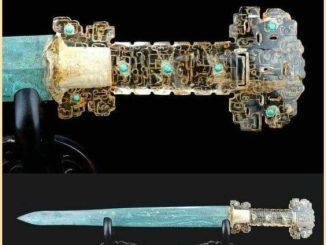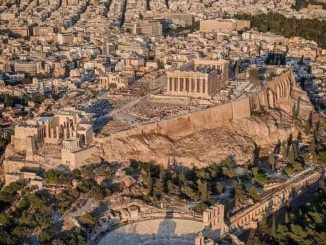Unearthing a Personal Piece of the Past
In the heart of the Syrian desert, amidst the ruins of the ancient city of Palmyra, a remarkable discovery was made that adds a poignant touch to our understanding of the past. Palmyra, once a thriving metropolis and a key trading hub on the Silk Road, is home to countless treasures of antiquity. Yet, it is the unearthing of a pair of 2000-year-old children’s shoes that brings an intimate glimpse into the daily lives of its ancient inhabitants. This find not only highlights the city’s historical significance but also connects us personally to the children who once played in its streets.
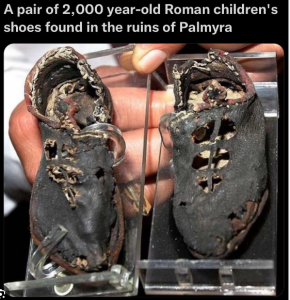
A Glimpse into Ancient Childhood
The shoes, meticulously preserved in the arid climate of the Syrian desert, offer a fascinating insight into the design and materials used in Roman-era clothing and footwear. Crafted from leather, these tiny shoes are a testament to the skill of ancient cobblers and the universal need for protective and comfortable footwear. The discovery, amidst the grand columns and temples of Palmyra, serves as a reminder of the ordinary lives that unfolded within this extraordinary city. Images of these shoes invite us to ponder the stories of the children who wore them, their families, and the society that nurtured them nearly two millennia ago.
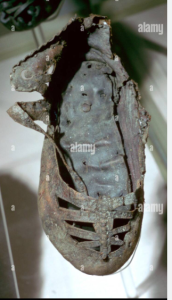
Palmyra: A Cultural Crossroads
Palmyra’s significance extends far beyond its architectural marvels and strategic location on the Silk Road. Originally founded near a vital oasis in the 3rd millennium BC, the city was a melting pot of cultures, languages, and religions. Its wealth and beauty were famed throughout the ancient world, attracting merchants, travelers, and conquerors alike. The discovery of the children’s shoes within such a context underscores the city’s role as a beacon of civilization and cultural exchange, where everyday life was as integral to its legacy as its most celebrated monuments.

Ancient Discoveries: Linking Us to the Past
The children’s shoes from Palmyra are but one example of how ancient discoveries continue to illuminate aspects of our shared humanity. From the perfectly preserved bodies of Pompeii to the intricate gold of the Pharaohs’ tombs, each find helps to bridge the gap between the past and the present. These discoveries not only enrich our knowledge of history but also evoke a sense of connection to the people who lived, loved, and left their mark on the world. As we delve into these ancient treasures, we are reminded of the enduring threads that weave through the tapestry of human history, binding us to those who walked before us.
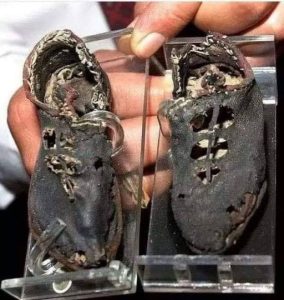
Conclusion: Walking in Their Footsteps
The discovery of 2000-year-old children’s shoes in the ruins of Palmyra is more than an archaeological triumph; it is a poignant reminder of the universality of human experience. In these small, leather shoes, we find a direct, tangible link to the past, one that stirs the imagination and invites reflection on the lives of those who once called Palmyra home. As we continue to explore and uncover the secrets of ancient civilizations, we do so with the knowledge that each discovery, no matter how small, contributes to a deeper understanding of our collective history. In the end, it is these personal, everyday items that truly bring the past to life, allowing us to step, if only for a moment, into the shoes of those who walked the earth long before us.
The preservation and study of artifacts like these shoes are crucial in piecing together the mosaic of human history. They remind us that behind the grand narratives of empires and conquests lie the everyday lives of individuals and families, whose stories are equally deserving of recognition and remembrance.
